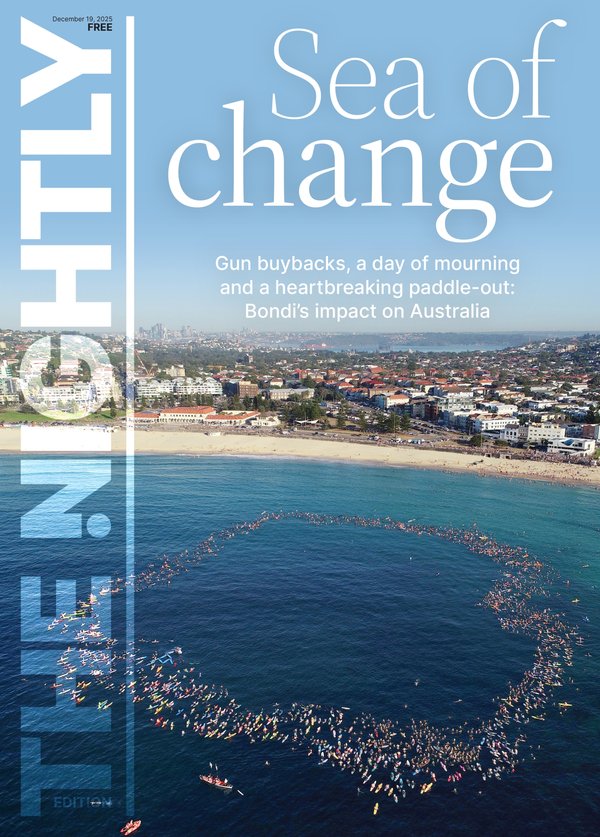CAITLIN BASSETT: How cross coders like Erin Phillips, Monique Conti, Georgie Cleaver helping grow AFLW
Growing women’s sports — like AFLW — are locked in a constant battle for the love of broadcasters, the eyeballs of fans — and even participation of players.
The ninth season of our professional women’s football league has officially kicked off and with increased investment put into the league, we have already seen a massive leap in the standard this year.
In 2019, all 10 clubs had to sign two cross-code rookies with athletes plucked from basketball, netball and Gaelic football teams in an effort to bolster the competition.
Sign up to The Nightly's newsletters.
Get the first look at the digital newspaper, curated daily stories and breaking headlines delivered to your inbox.
By continuing you agree to our Terms and Privacy Policy.Without an established grassroots pathway in the women’s game the growth of the league relied heavily on cross-code athletes making the switch.
Trailblazers like Erin Phillips (basketball), Ashleigh Brazill (netball), Chloe Dalton (rugby) and Brianna Davey (soccer) have brought with them invaluable experience from competing at the highest level across their sport.
There are plenty of reasons why an athlete would try a code switch, some want a new challenge after years of playing the same sport, while for others its a chance to extend their career after their services are no longer needed.
Reigning league best-and-fairest Monique Conti juggles two codes and will play for Richmond this season and then will hit the court with Geelong United once the WNBL starts.
“What keeps me going is knowing I can create a path for girls who are being told they have to choose,” Conti said.
Leagues are smart to bring in athletes who have experience and have built a profile in other sports.
These AFLW pioneers were absolutely critical in the early years of the sport. Phillips, Conti and Davey were among the most marketable faces of the game’s early years.
But as the league grows, players need to make the choice — and that’s exciting. Clubs are moving toward something closer to a full-time training model and expect more time of their players deeper into the off-season and pre-season.
It will get harder for players to juggle, but that’s exactly what we want.
It’s now time for the girls who have grown up playing footy to take the competition forward. Clubs are now drafting talented youngsters that didn’t have to stop playing footy in their teenage years like many of the early athletes did.
There is still a place in the game for cross-coders. They are now the most experienced players and have a role to play in leading younger players and show them how to live as elite athletes.
This will be the final couple of years of cross-code athletes dominating the sport.
Firstly, because the demand from clubs will be too great on the players to play two sports professionally and the AFLW season will become a full-year campaign.
Brazill has left netball to pursue football and there is a good chance Conti and young Eagle Georgie Cleaver will be the last remaining true dual-sport athlete.
With that said, the Irish players — without their own professional league and with their own unique skills — will still play an important role in the game, just like in the men’s competition.
But also, the investment in grassroots women’s football across the country will mean the 18-to-20 year-old cross-coders just won’t be up to the standard of the girls that have already played for a decade before they are drafted.
